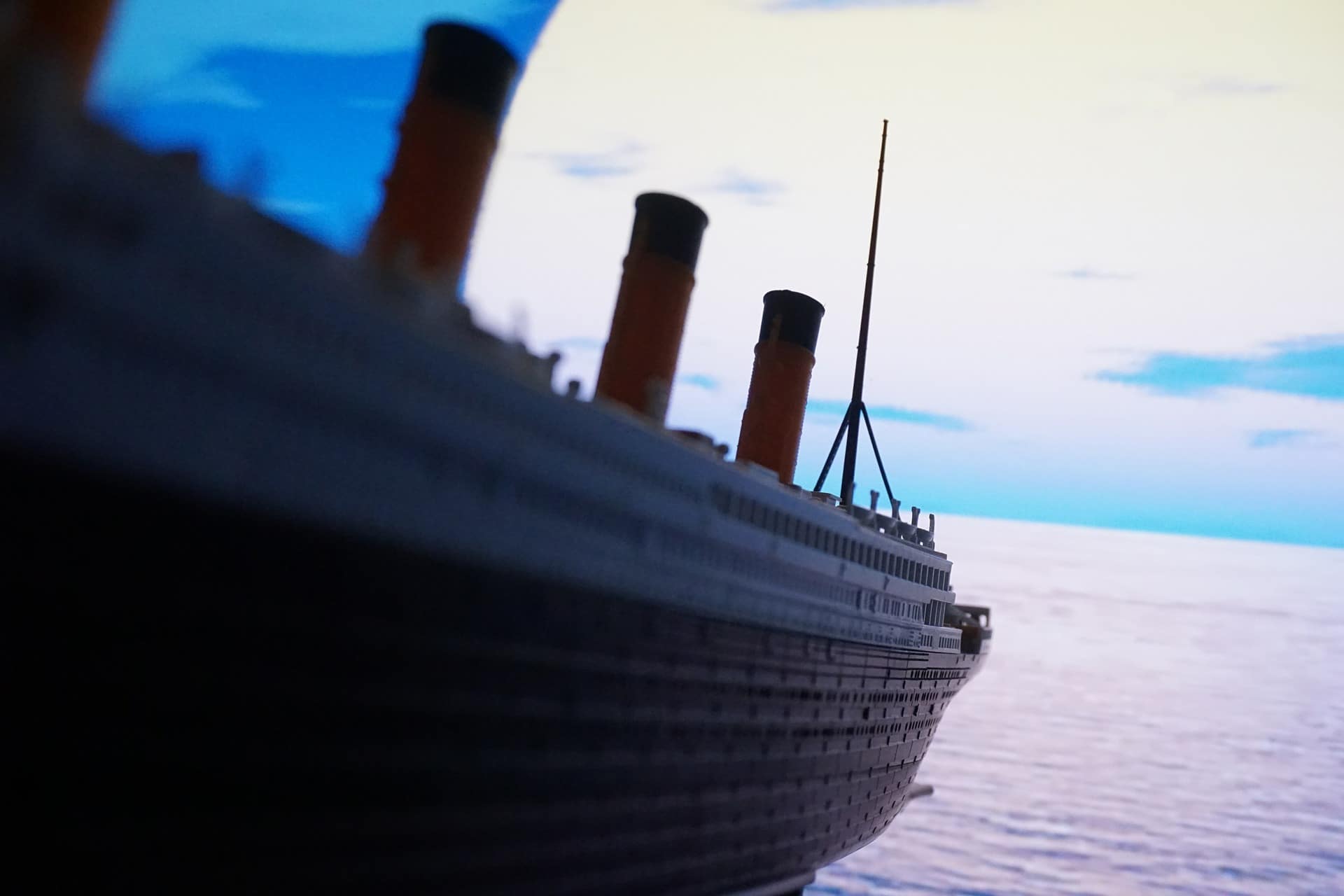I think we all know the story of the Titanic, which set sail with around 2,200 people on board, of which roughly 1,500 perished when it sank.
However, the sinking of the Titanic likely saved many more lives than the 1,500 that were lost that cold night in 1912. How so? Better safety practices that were implemented as a result of the tragedy.
More lifeboats
One of the first things most people learn about the Titanic was its vast shortage of lifeboats on board, which contributed to many of the deaths. They had enough to pass regulations (they were actually beyond what was required), but the regulations were woeful at the time.
As a result of the sinking of the Titanic, new regulations were instated that made ships carry enough for every person on board, as well as having better training for staff in case of emergencies.
24/7 watch
After the sinking of the Titanic, the “Radio Act of 1912” mandated that ships remain in contact 24 hours a day with other vessels in the area.
Ice Patrols
The other big change after Titanic was the introduction of the “International Ice Patrol”, which still exists to this day to locate and track icebergs in the North Atlantic Ocean.
In the 109 years since the sinking of the Titanic, these new initiatives have undoubtedly saved thousands of lives. It’s impossible to know how many (how do you count ships that didn’t hit an iceberg?), but it’s certainly a great thing. Had the Titanic have somehow completed its maiden journey safely, it’s likely another ship would have gone down in the years later instead.
You see similar outcomes with other situations, such as the flurry of new laws after the 9/11 attacks. Tragedies like this are always horrible to see, and “could have been prevented”, but they force us to look closely at what really went wrong and work hard to prevent it from happening again.
Those lives can’t come back, but hopefully we can take lessons from events like those and save even more from similar events in the future.




